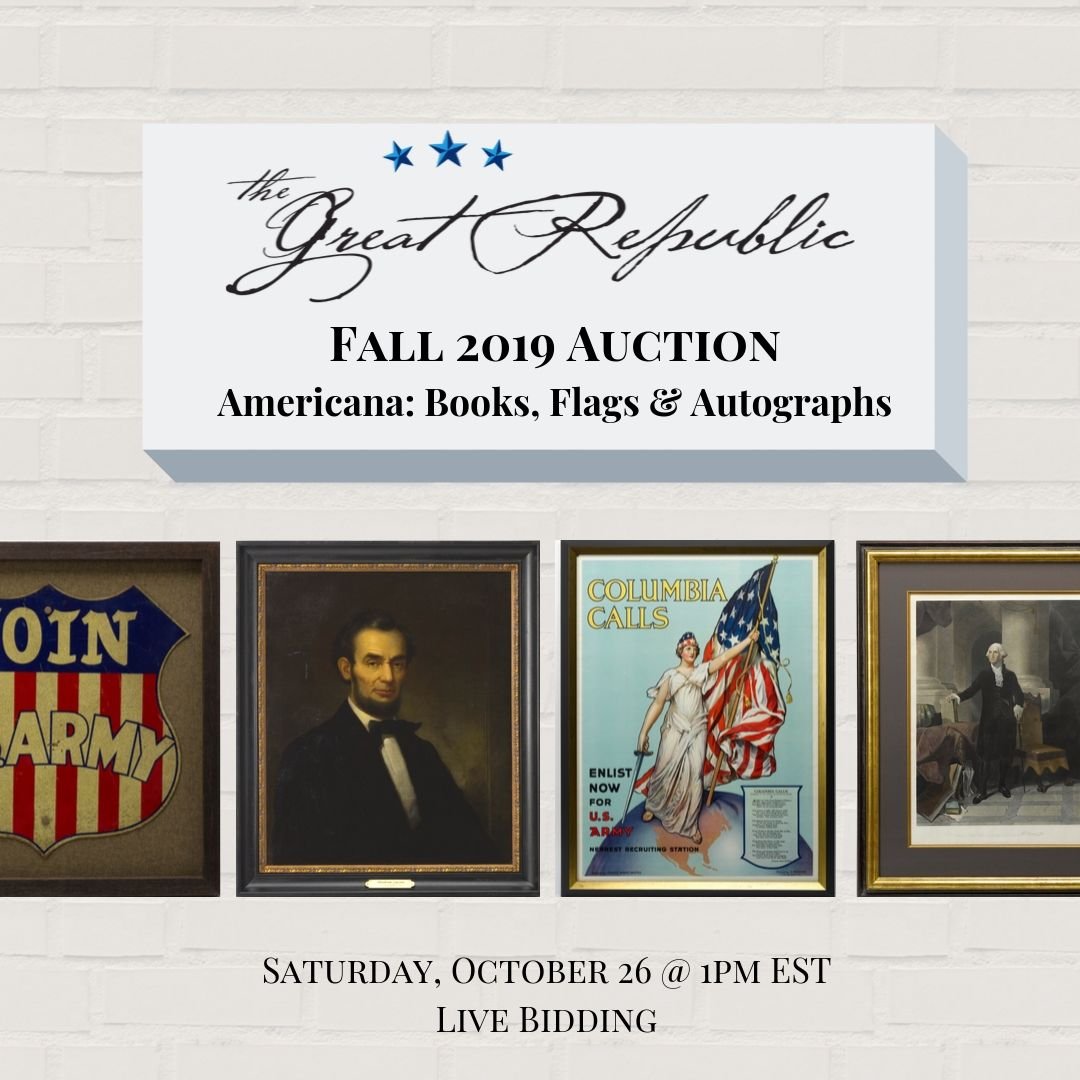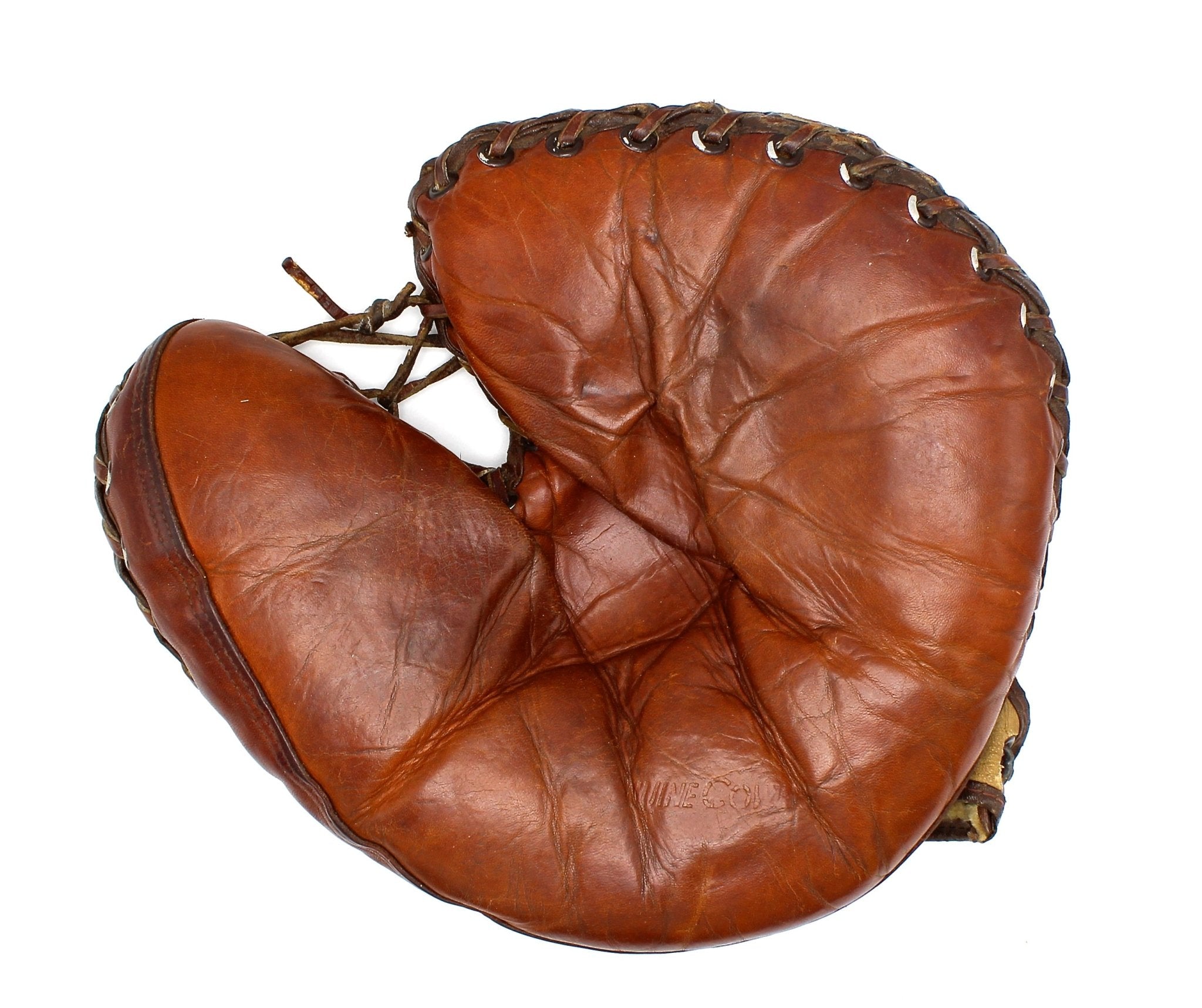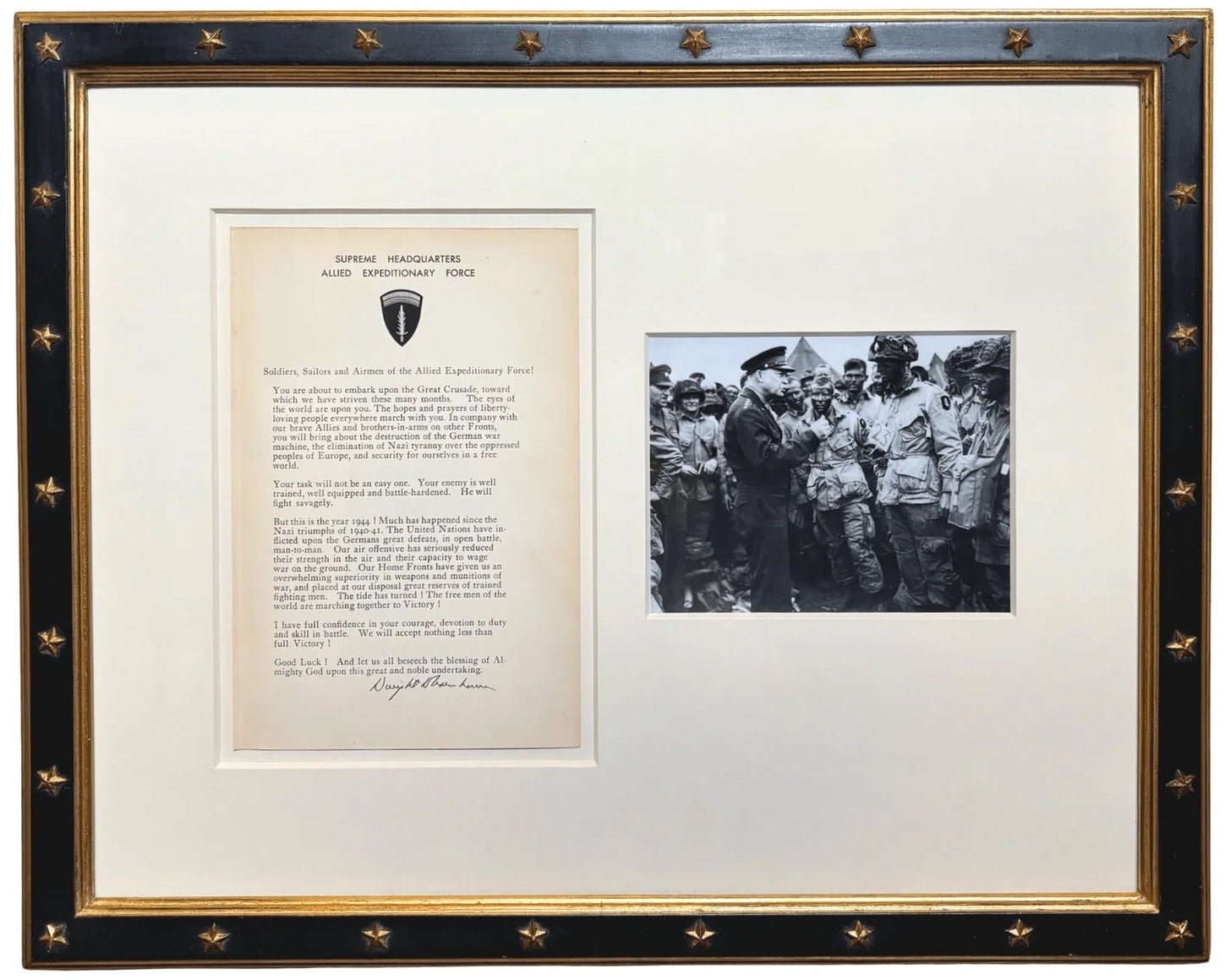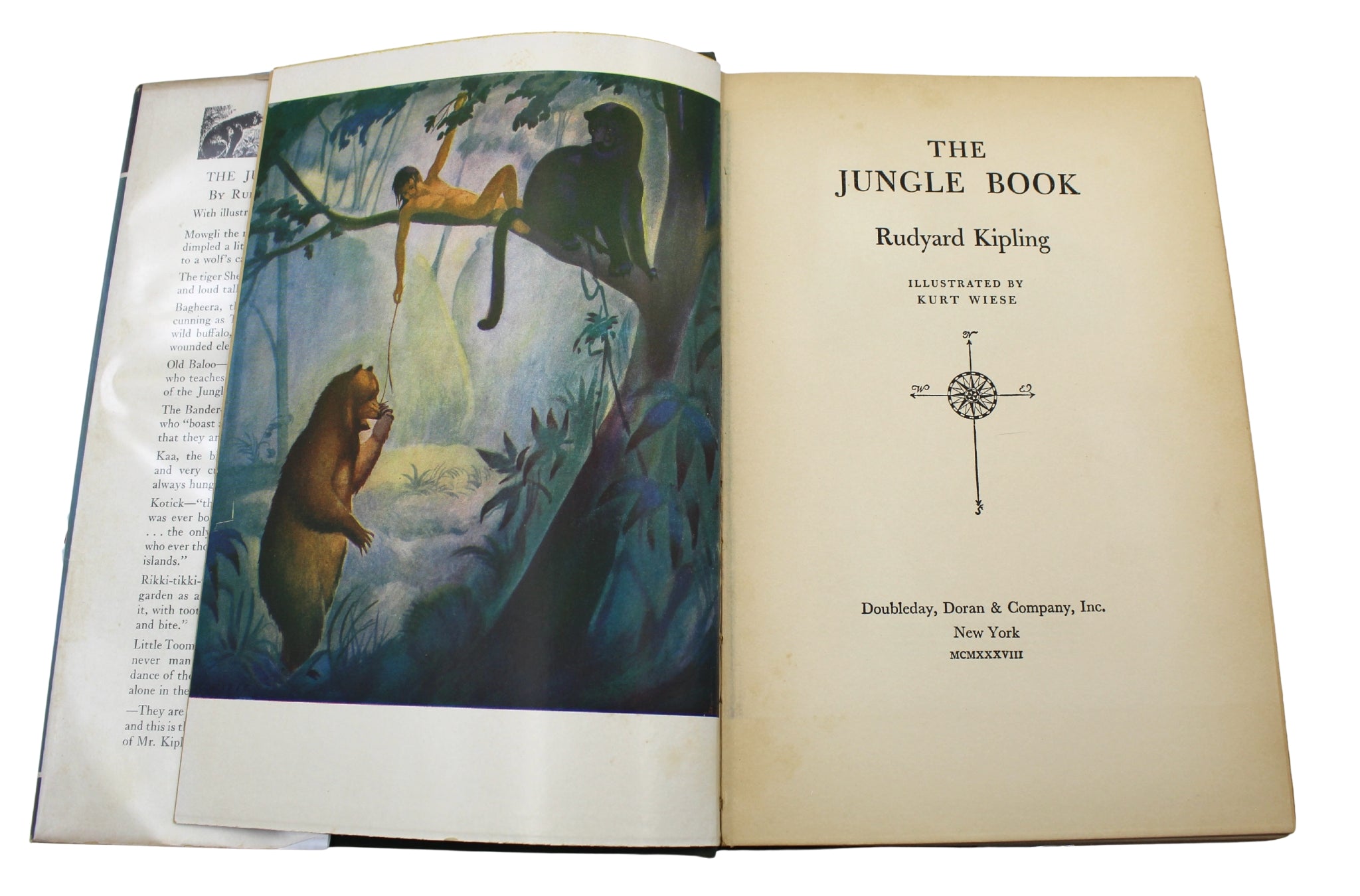When Chuck Yeager Broke the Sound Barrier
It was October 14, 1947, when a U.S. Air Force pilot became the first ever person to break the sound barrier. Read how on this week’s blog.
Charles "Chuck" Yeager
Charles Ellwood “Chuck” Yeager was born February 13, 1923 to farming parents in West Virginia. He graduated high school in 1941 and enlisted as a private in the U.S. Army Air Force (USAAF) on September 12, 1941. He later enlisted in pilot training in 1942 and upon graduation was promoted to flight officer and became a P-51 fighter pilot.
Yeager had unusually sharp vision and tremendous talent for someone so young. Yeager received his wings and was assigned to the 357th Fighter Group at Tonopah, Nevada. During World War II, Yeager flew 64 missions throughout Europe and shot down 13 German planes. He himself was shot down over France during the war, but escaped capture with the assistance of the French Underground. Following the war, Yeager volunteered to test-fly the X-1 rocket planes, which were experimental planes built by the Bell Aircraft Company.
An Experimental Rocket
The Bell Aircraft Company designed the Bell X-1 as an experimental rocket to test the possibility of supersonic flight. While many volunteered, Yeager was chosen to experiment with the aircraft.
“For years, many aviators believed that man was not meant to fly faster than the speed of sound, theorizing that transonic drag rise would tear any aircraft apart” (history.com editors).
Though the plane was well equipped for the flight, the choice of pilot for the Bell X-1 was not an easy one. Yeager, though he possessed incredible raw skill, held only a high school diploma and was still only 24 years old in 1947; thus, many would have considered him too inexperienced for the task. The Bell X-1 training program was lengthy and difficult, as many considered the sound barrier to be impenetrable.
“In June 1947 Colonel Boyd made one of the most important decisions of his career when he chose one of his most junior test pilots to attempt to become the first person to exceed the speed of sound in the rocket-powered Bell XS-1. He chose Yeager because he considered him the best “instinctive” pilot he had ever seen and he had demonstrated an extraordinary capacity to remain calm and focused in stressful situations” (Young, Mach Buster).
Faster Than the Speed of Sound
The rocket plane was nicknamed by Yeager “Glamorous Glennis” after his wife. The aircraft had ultra thin, unswept wings and a streamlined fuselage modeled after a .50-caliber bullet (history.com editors). Yeager attempted three glide flights in the rocket research plane, flying it to a speed of 0.85 Mach on his first powered flight on August 29, 1947. He attempted more flights following this, though he encountered buffeting and sudden nose-up and down trim changes, causing difficulty. During his eighth test flight on October 10, Yeager lost complete pitch control as a shock wave formed along the hingeline of the X-1 elevator (Young, Mach Buster). “He reached Mach 0.997 but without pitch control it would have been foolhardy to proceed. The X-1 had been designed with a moving horizontal tail and Capt Jack Ridley convinced Yeager that by changing its angle of incidence in small increments, he could control the craft without having to rely on the elevator. This had never been attempted at extremely high speeds but Yeager was game to give it a try on the next flight” (Young, Mach Buster). It was after lengthy training and tests that Yeager was finally ready to launch the rocket plane.
On October 14, 1947, Yeager dropped away from the B-29 and fired all four chambers of his engine in rapid sequence, bolting away from the launch aircraft (Young, Mach Buster). “Accelerating upward, he shut down two chambers and tested the moveable tail as his Machmeter registered numbers of 0.83, .88 and 0.92. Moved in small increments, it provided effective control. He reached an indicated Mach number of 0.92 as he leveled out at 42,000 feet and relit a third chamber of his engine. The X-1 Glamorous Glennis rapidly accelerated to 0.98 Mach and then, at 43,000 feet, the needle on his Machmeter jumped off the scale” (Young, Mach Buster). Yeager flew the X-1 over Rogers Dry Lake, located in Southern California. Within seconds, Yeager had just flown faster than the speed of sound. He reached a top speed of Mach 1.06, roughly 700 mph.
A Lasting Impression
“While his flights in the X-1 guaranteed celebrity, it was Yeager’s performance over the next seven years that earned him pre-eminence –indeed, legendary status– within his own peer group, the experimental test pilots at Edwards” (Young, Mach Buster).
These years to follow were dubbed by Yeager his “golden age of flying and fun.” With this first flight to break the sound barrier, limits on time and space were essentially broken.
There was great secrecy behind the project, thus Yeager’s 1947 flight was not released to the public until the following year, in June of 1948. Following the press release and his sudden fame, Yeager continued to serve as a test pilot, later flying 1,650 miles per hour in the X-1A rocket plane. Yeager later retired from the U.S. Air Force with the rank of brigadier general in 1975. As the first supersonic pilot, Yeager has also flown more than 200 different types of military aircraft. He has trained many of the Gemini, Mercury, and Apollo mission astronauts at the Air Force Aerospace Research Pilots School.
History.com Editors, Chuck Yeager breaks the sound barrier. HISTORY, 24 November, 2009, Accessed 16 October, 2019.
Chuckyeager.com Editors, General Chuck Yeager. PMN III LLC, 2019. Accessed 16 October, 2019.






